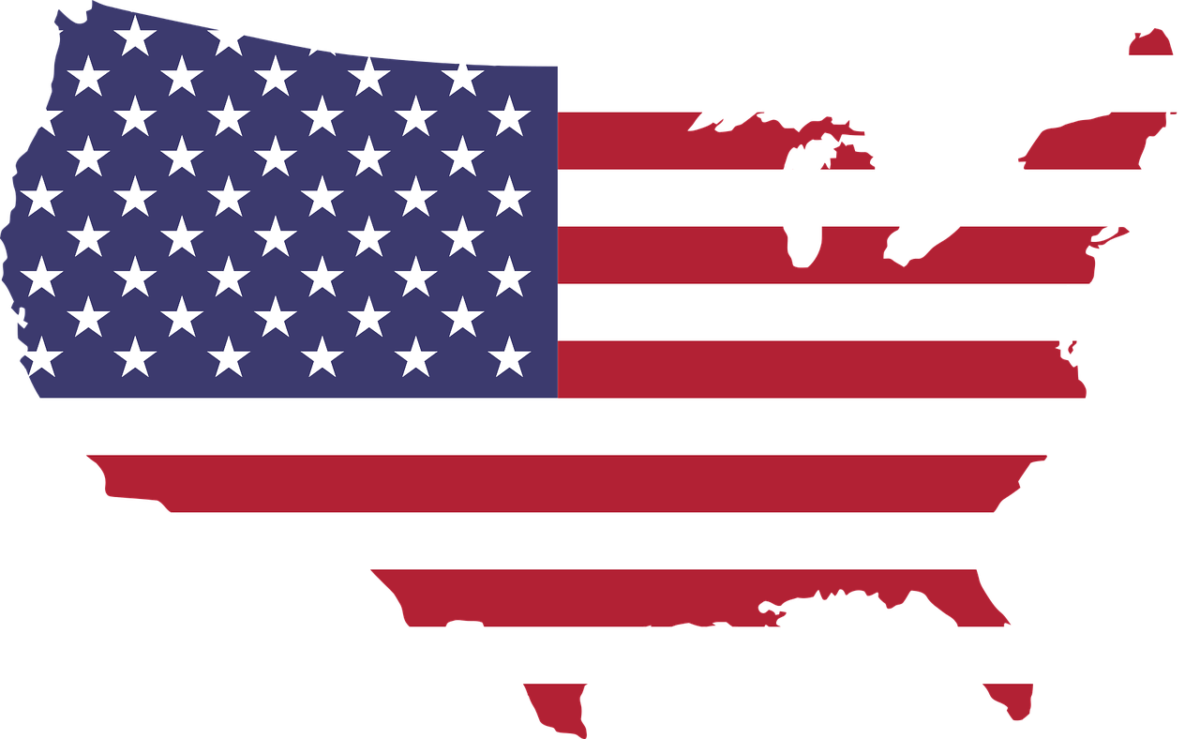More news
- Asian paint regulatory round up – Indonesian exterior paint still uses lead, warns W...
- Nigeria’s paint industry navigates regulatory changes and economic challenges amid p...
- Focus on the global coatings market: Global coatings market outlook
- Innovative coatings mitigate effects of deepening climate change
- View from the UK: Navigating chemical policy and sustainability

The American Coatings Association has reported that in a significant victory for the paint industry, the Washington legislature has passed a bill requiring the state Department of Ecology (DOE) to petition the U.S. Environmental Protection Agency (EPA) to reevaluate standards for polychlorinated biphenyls (PCBs).
The legislation, Senate Bill 5369, now awaits Gov. Jay Inslee’s signature. ACA had vigorously opposed the original bill language, which would have established a complete ban on inadvertent PCBs in paints and printing inks, effective Jan. 1, 2025.
In written and oral testimony, ACA stated its opposition to the bill as initially written, underscoring that it would not significantly reduce PCB contamination in the Spokane River, and that studies indicate that paint is not a major contributor to PCB contamination. While most paints do not contain PCBs, the type of inadvertent PCBs found in some paints — those with certain green and yellow pigments — do not significantly bioaccumulate in fish. Unfortunately, the bill as originally drafted did not distinguish those paint products without PCBs or by pigment type.
Notably, ACA has engaged for many years with the Washington Legislature and the state Department of Ecology (DOE) on this issue, which resulted in DOE’s June 2022 report to the Washington Legislature determining, and recommending that no further regulatory action for inadvertent, trace levels of PCBs in paints is necessary, since the federal Toxic Substances Control Act (TSCA) precludes setting limits on inadvertent PCBs.
The original bill language also included provisions that ACA found problematic, including the following:
- Providing no sell-through provision for existing products on the market.
- If preemption is at issue, a court must determine whether DOE is preempted under TSCA from regulation of inadvertent PCBs; and requiring DOE to adopt a reporting rule for iPCBs if a court determines that DOE is preempted.
- Referencing an understanding of “inadvertent PCBs” as “intentionally added” in a product when a formulation of the product exists without iPCBs. In effect, iPCBs in printing inks and paints would be declared as “intentionally added” simply because DOE reports that alternatives exist.
- Allowing DOE to identify additional products by Oct. 1, 2023 with inadvertent PCBs, which would be subject to a ban 12 months after the agency finalises a rule listing such products.
- Requiring DOE to petition U.S. EPA to revise TSCA allowances for inadvertent PCBs.
ACA had advocated that the original bill be amended to require a study to identify products that significantly contribute to PCB contamination instead of targeting products with little to no impact
on PCB contamination. ACA noted that in listing paint in the Safer Products for Washington Program, DOE did not conduct a comparative analysis of products to identify the most significant contributors to PCB contamination, despite ACA’s numerous requests that they conduct such an analysis.
The issue of inadvertent PCBs in the Spokane River is not likely to disappear and ACA foresees additional work on this issue in the legislative and potentially regulatory arenas. Passage of Senate Bill 5369 and the evolution of its language from a complete ban on products to a requirement for the state agency to submit a petition to the federal agency is a remarkable success for the industry. ACA will continue to advocate reasonable science-based solutions to address the issue of inadvertent PCB contamination in the Spokane River area.
Contact ACA’s Riaz Zaman for more information.



